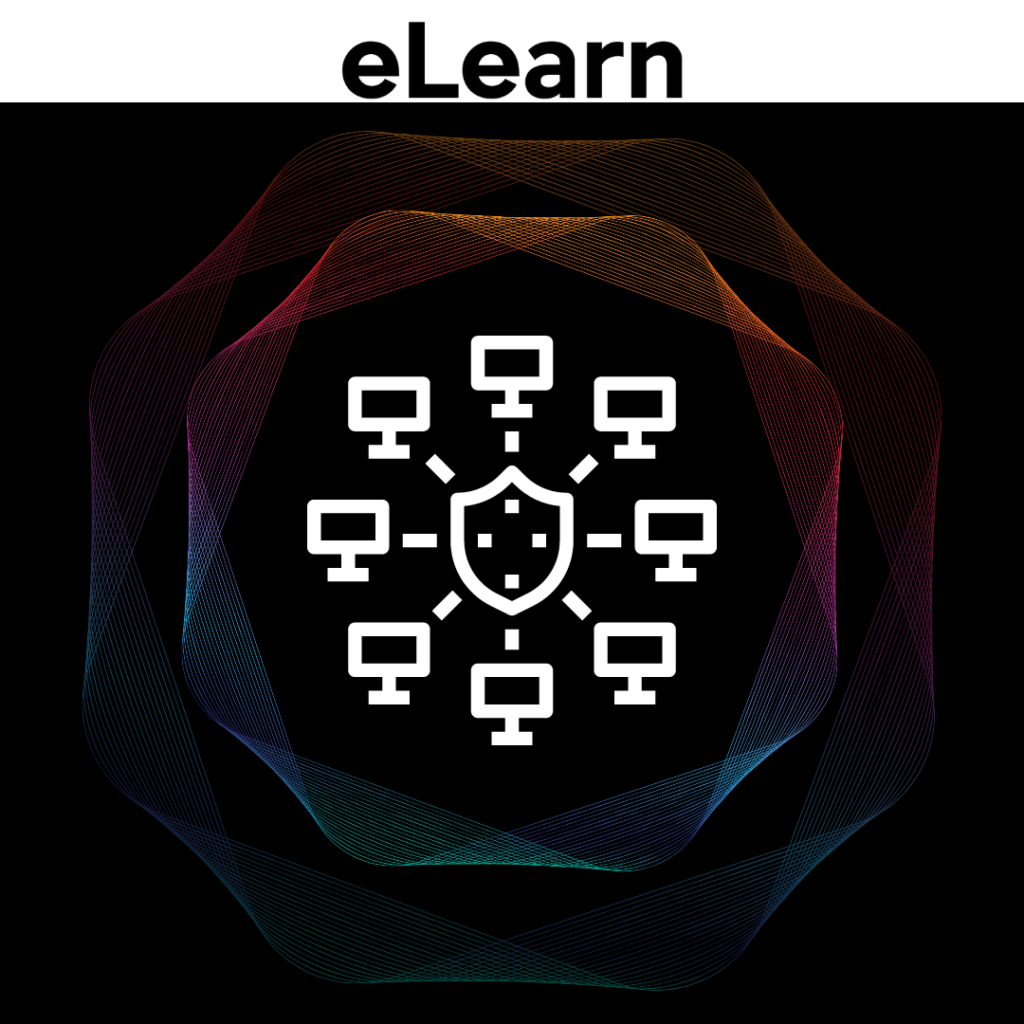Cybersecurity plays a crucial role in the way organizations can protect their data – and the situation is no different for educational institutions. However, the use of cybersecurity goes beyond simple protection and can be integral for creating better learning experiences. Here’s a quick and juicy summary of what you need to know about the connection between cybersecurity and EdTech.
The role of cybersecurity
To put it simply, cybersecurity is the process of protecting and applying security to systems, networks and the data they contain. Cybersecurity practices lie at the core of data protection and data privacy, which is why all organizations already apply cybersecurity measures to some extent. Cybersecurity helps improve data privacy, prevent security breaches, and protect systems from attacks.
So, how exactly is cybersecurity relevant to the discussion about EdTech? Well, considering that EdTech includes tech tools and software that use data in different ways, cybersecurity is unarguably important for it. Any EdTech policies and projects need to take into account the possible security risks before they are finalized and implemented. This way, students and staff using the said EdTech solutions will be properly protected from any privacy issues.
Moreover, there can be really severe consequences when cybersecurity isn’t taken into account when using EdTech. These include:
- Students’ and staff’s privacy could be breached and a lot of data could be stolen
- EdTech programs and projects could be interrupted and might end prematurely
- There can be financial losses both for educational institutions using the EdTech, and the parties involved (students and staff)
- The public might stop trusting the educational institution that was responsible for ignoring cybersecurity when implementing EdTech.
How cybersecurity and EdTech are connected
As you can see, cybersecurity is essential for creating well-protected and secure EdTech solutions for a better learning experience. But what about their connection the other way around? It’s not just cybersecurity that needs to be used for EdTech – EdTech itself can improve cybersecurity and digital learning spaces. Here are the three major ways how EdTech can be used for improving cybersecurity and digital learning:
- Accessibility: The first major benefit is that remote learning becomes more accessible. Instructors can use EdTech solutions to create more interactive and immersive learning experiences for students without either party having to come to the classroom. This aspect is actually one of the reasons why EdTech was adopted by so many institutions during the pandemic when most lessons had to be taught remotely.
- Communication: Another way EdTech is beneficial for cybersecurity and digital learning is that it helps improve communication between teachers and students. Instructors can hire professional writers from the custom writing reviews site Best Writers Online to help them create study materials. Yet, for the best learning experience, teachers still need to explain most of the topics themselves. Luckily, EdTech provides endless possibilities for presenting such information in a more comprehensive way to avoid miscommunication.
- Engagement: As mentioned earlier, EdTech can help create more immersive and engaging digital learning spaces. Engagement is crucial for students to process new information faster and keep up with their studies. Different EdTech solutions allow instructors to easily integrate gamification elements in the classroom and actively engage more students.
EdTech tools already in use
While the EdTech sphere still has a lot of room for growth and there are new inventions being created every year, it is already a pretty big industry. Educational institutions are actively integrating different EdTech solutions in their own programs. Here are some examples of EdTech tools currently in use:
- Gamification: As explained earlier, introducing elements of gamification in the classroom is important for engaging students and making them active learners. Fully remote programs absolutely require the use of EdTech to make gamification possible. Online games are a popular choice.
- On-Demand Training: Another way EdTech is used is for making education more accessible and “on-demand”. This also means that students can access study materials anywhere at any time. By downloading the institution’s app, they can have access to coursework wherever they go as long as they have their phone and a stable Internet connection.
- Role-Based Learning: Role-based learning which heavily relies on practical rather than theoretical training is mostly possible remotely with the help of EdTech. Task-specific software can help students practice newly-acquired knowledge in the virtual classroom as well as on their own.
- Online Assessment: Thanks to EdTech solutions, educators get instant access to relevant student data about their performance. Different programs for grading, storing student information, etc. can be helpful for successful online assessment.
EdTech usage best practices
While the way you use your respective EdTech solutions within your institution can vary, there are some general best practices to follow:
- Educational institutions and organizations need to train their staff in cybersecurity so that educators know how to handle EdTech correctly and minimize security risks. Institutions can also hire professional writers from the writing services reviews site Writing Judge to create comprehensive cybersecurity guides for students to educate them in the matter as well.
- Institutions should have clear policies and rules for data management and privacy that take into account the peculiarities of using EdTech and applying cybersecurity. Government policymakers need to work with educators and schools to create more comprehensive laws in this sphere.
- Institutions need to actively spread awareness about potential cybersecurity risks and the nuances of using EdTech to educate both their own staff and students and those of other institutions. When more people understand the importance of cybersecurity, many issues both big and small can be easily prevented with the implementation of the right measures.
The future of cybersecurity in education
In the coming decades, cybersecurity will continue playing an important role in the way educational institutions manage data and protect their staff and students. In addition to that, EdTech will likely continue developing and growing with more organizations adopting such solutions in their own programs. Here are some predictions about the future of cybersecurity and EdTech in education:
- Due to the pandemic, many institutions started adopting EdTech and applying cybersecurity practices more extensively in their systems. This promoted faster information exchange, made learning more interactive, and increased digital literacy. Though the pandemic is not as prevalent in our lives now, its effects will continue.
- As more institutions start learning about cybersecurity, educational networks can be protected better which will ensure a higher level of security both for students and for staff. Everything from personal information to online interactions between students and staff need to be protected properly which is only possible with the help of implementing cybersecurity into the institutions’ strategies.
- With more cybersecurity measures being introduced, students and staff can feel more protected. They will know that their privacy is prioritized which will help institutions increase trust and loyalty among students. Moreover, when students feel safe and secure, their mental well-being will be better.
Final thoughts
All in all, cybersecurity definitely plays a crucial role for educational institutions. Moreover, cybersecurity is very closely connected to EdTech – and this is something both institutions and other parties involved need to realize. Students and staff have to be educated on the way cybersecurity and EdTech work and can be used. On their own side, institutions need to be more attentive to these matters.
Author’s Bio:
Max Mitchell is the latest alumnus of our content marketing department. He is very passionate about typing, creating complicated spreadsheets, and consuming an inhuman amount of caffeine. Nevertheless, he is also the creative type of individual who will always find a new perspective on topics of interest.









One Response